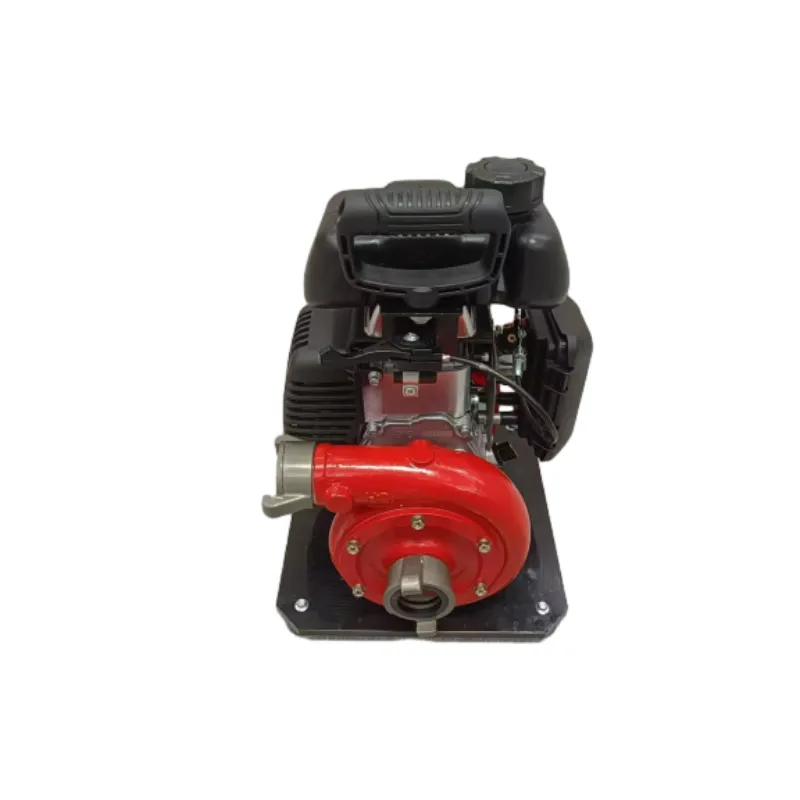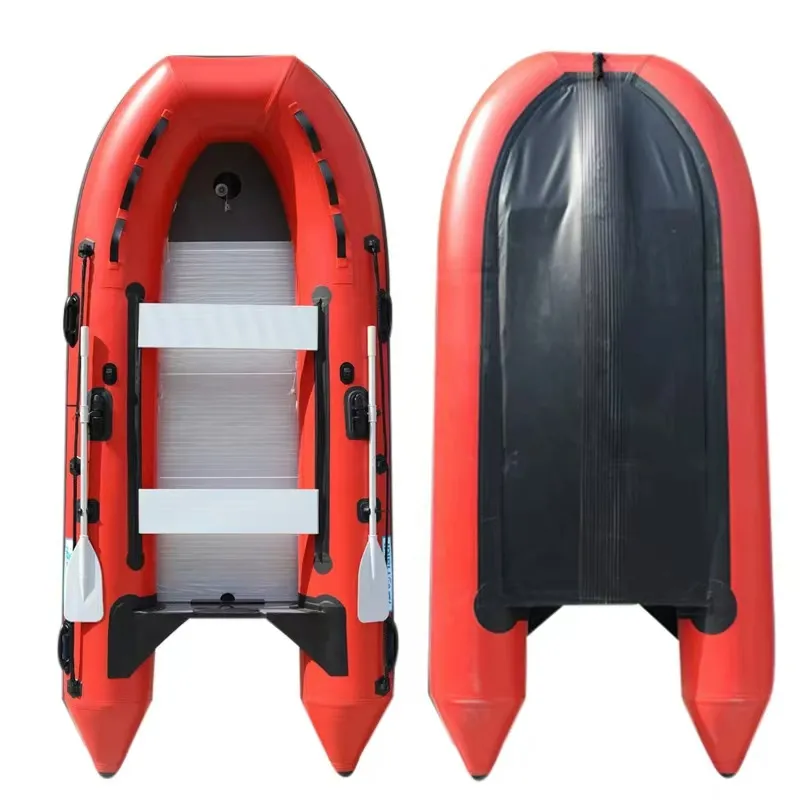

An authority in this field, the National Fire Protection Association (NFPA), sets forth guidelines that assist in determining optimal pump pressure settings. Adhering to such regulations ensures not only compliance but also enhances the credibility and trustworthiness of the fire protection system. The NFPA standards suggest periodic testing and maintenance as a standard practice to ensure pressure levels remain within the required parameters. This aligns with industry best practices, as regular system checks can preempt potential failures and downtime. Trustworthiness in handling fire fighting pump pressure is built on reliable maintenance protocols. Routine maintenance involves inspecting the pump for wear and tear, testing pressure levels, and ensuring the system's responsiveness. Technicians share that pressure gauges should be checked frequently, and any discrepancies should be addressed immediately. Additionally, implementing redundant systems that can take over if the primary pump fails significantly increases reliability and trust in the system's readiness during emergencies. Moreover, advances in technology have introduced smart pumping systems that automatically adjust pressure based on real-time data analysis. These innovations integrate sensors and IoT technologies to monitor pressure and performance metrics continuously. Experts note that these systems not only enhance operational efficiency but also provide valuable data that can inform future safety strategies and pump optimizations. In conclusion, mastering fire fighting pump pressure involves a multifaceted approach encompassing expert installation, continuous maintenance, and leveraging technological advancements. By doing so, facilities can ensure their fire protection systems are both effective and trustworthy, safeguarding lives and property against the devastating impacts of fire. This comprehensive understanding not only fulfils regulatory requirements but also instils confidence in the efficacy and reliability of modern fire protection solutions.





























